Biohumus is a natural fertilizer that has extremely useful properties for plants and is considered completely harmless. With its help, you can get large yields, stimulate plant growth, significantly strengthen the composition, structure and fertility of the soil. Moreover, it is possible to restore depleted soils almost completely, to make waste land rich.
Material Content:
Biohumus - what is it, composition
The natural component is formed in compost pits during the processing of any organic raw materials, manure as vermicompost. This fertilizer is a waste product of California worms or is produced in biogas plants. The latter are special devices that produce methane gas from food waste, manure, and any organic matter and at the same time produce organic fertilizer.
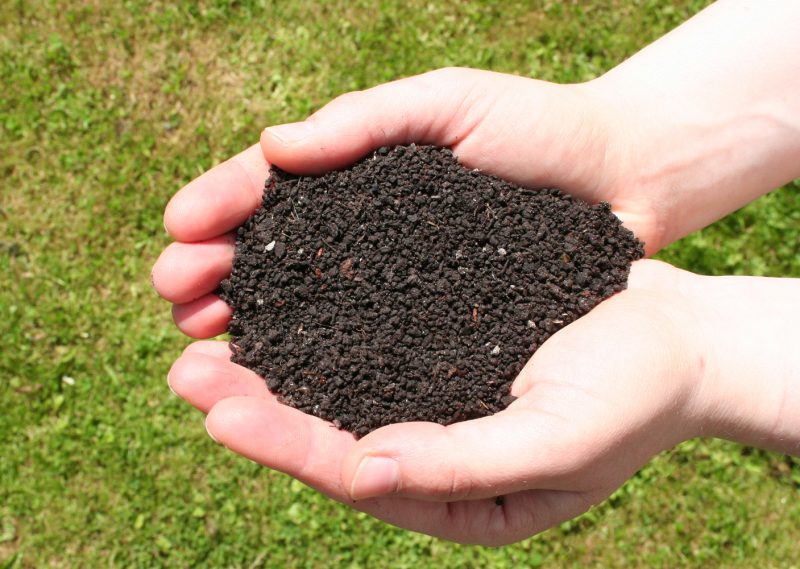
One of the most important properties of biohumus - has a long decomposition period. If you apply it abundantly into the soil once, the land will produce good crops for almost twenty years, experts say. If you use vermicompost once, then next year we should expect good yields.
Fertilizer is affordable for all segments of the population.

The composition of vermicompost:
- Humic acids in its composition reach almost 40%;
- Potassium, which affects the yield and fruit growth - more than 1%;
- Calcium contributing to growth - 5%;
- Phosphorus, which always needs to be fed plants - 5%;
- Magnesium, the most important substance for plant metabolism, is 5%.
In addition, biohumus contains many other trace elements useful for all living things - zinc, manganese, copper, boron, etc.And the main component, humic acids, contribute to the improvement of the environment as a whole, as they are natural growth stimulants, antibiotics, soil enzymes. They increase the immunity of plants, promote proper metabolism - they help to absorb nutrients from the soil, process heavy metals, turning them into harmless compounds.
The composition of natural fertilizers contains substances in such forms that plants can easily absorb them.
Humus stimulates the appearance of beneficial bacteria in the soil, which contributes to the rapid restoration of its functions, improve soil, increase yield.
The effect of vermicompost on plants
Having studied the whole spectrum of useful properties of bio-fertilizer for crops, you can better understand what biohumus is and how to use it in agricultural technology.
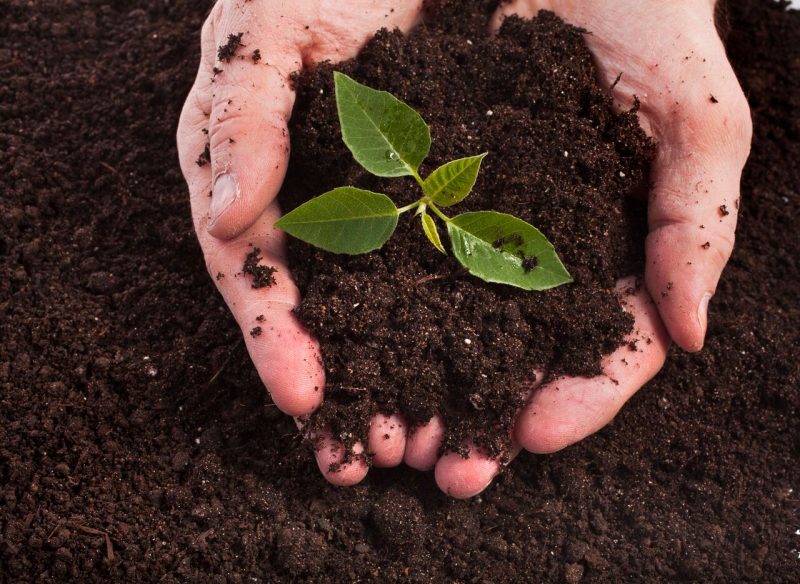
- Biohumus does not contain harmful substances, pathogenic microflora - dangerous pathogenic bacteria, eggs, insect pest larvae, nitrates and heavy metals, weed seeds.
- It is able to increase the immunity of plants, they become healthy, they are well resistant to frost and drought, diseases, insect pests.
- Increases at times the germination of seeds.
- Improves survival of plants, especially when transplanting, planting seedlings.
- Stimulates the growth and development of crops, increase yield.
- Almost doubles productivity.
- Improves the taste of fruits and vegetables.
- Increases the ripening rate of fruits.
Not a single chemical fertilizer has such a wide range of possibilities as biohumus. It is known that mineral fertilizers are not fully absorbed by plants, they tend to accumulate in the soil.
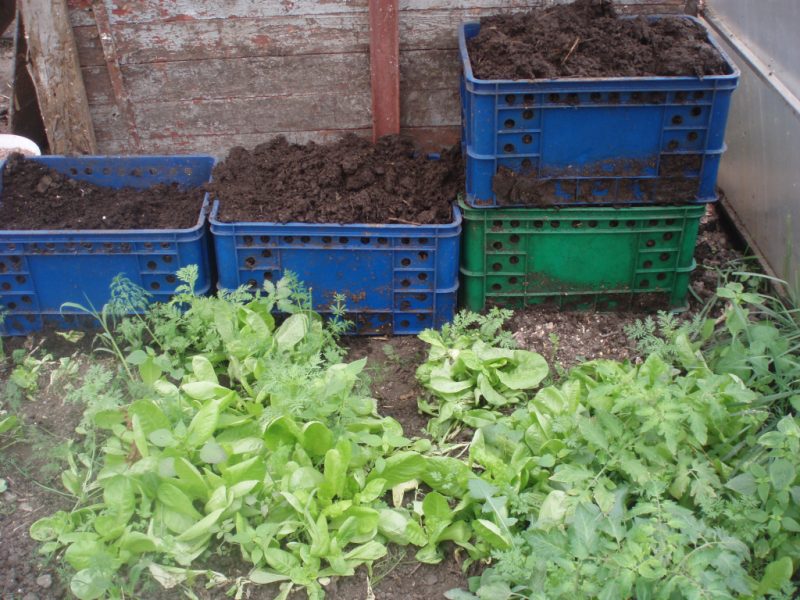
Biohumus plants are absorbed almost completely. This organic composition, which includes a large amount of humic acids, is able not only to put the soil in order, but also indirectly through the fruits of plants to heal a person. After all, plants are actively enriched with those useful substances, amino acids, trace elements that are necessary for human life. Humic acids act positively at the cellular level, getting into the human body along with plant foods, reduce mutations and the risk of oncology.
Fertilizer Application Instructions
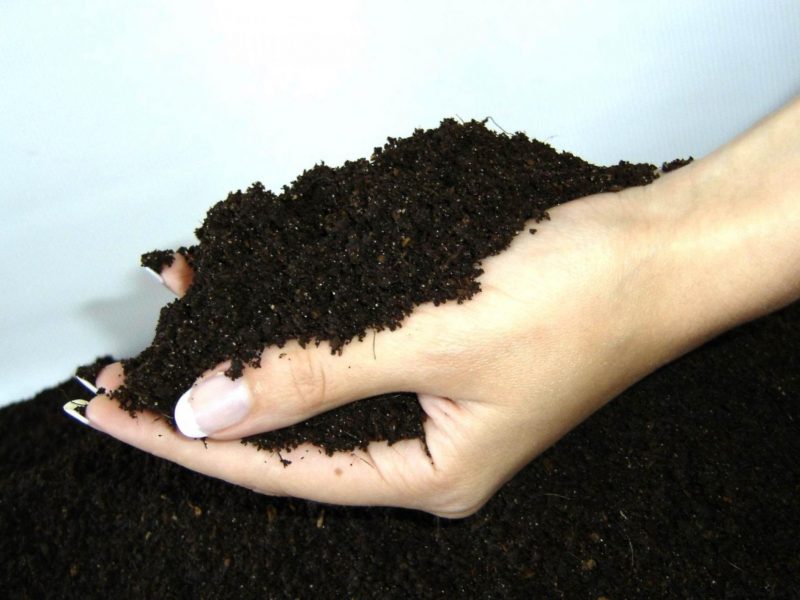
Biohumus has universal application properties, therefore it can be used for any garden and garden crops, seedlings, flowers, including indoor ones. They can process the seeds. With indoor plants should be careful. For them, fertilizer must be diluted with water so that midges do not start in the pots, and used once every two months.
On the site, vermicompost will always be very relevant, from early spring to late autumn. It is usually introduced during the period of digging the soil, during planting, in the vegetative period, when the fruits ripen. Humus is also used in autumn, when the garden is being prepared for winter.
This fertilizer is produced in two forms - dry granules and liquid vermicompost. The granules are dug with the ground, and a special solution for irrigation is prepared from a liquid, concentrated composition.
The use of dry vermicompost
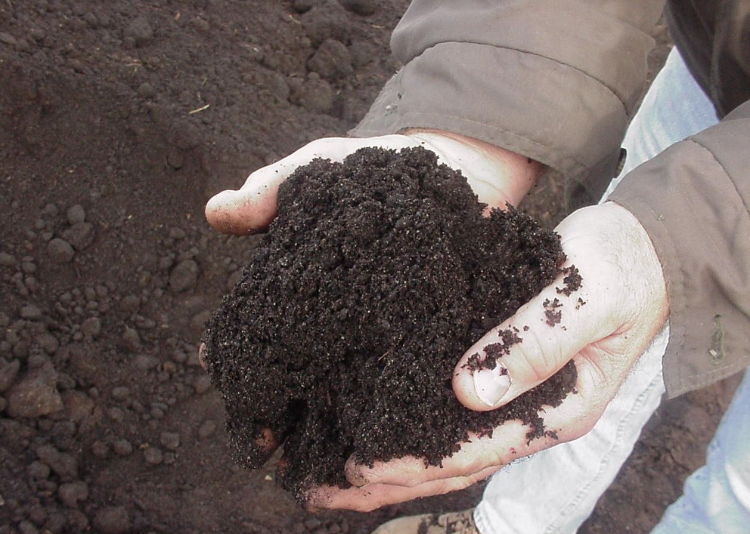
For the best effect, vermicompost is required to be added in the following amounts when planting:
- for potatoes - 200 grams per well;
- for strawberries - 150 grams per bush;
- for tomatoes - up to 200 grams per well;
- in general, for vegetables - a pound of humus per square meter of soil;
- berry bushes - one and a half kilograms per hole;
- fruit trees - for one seedling up to 10 kilograms.
Fertilizer granules are mixed with the topsoil, and then well watered.
During the growing season, almost all garden crops are enriched with organic fertilizer - a pound of humus per square meter of soil.
For autumn gardening, usually apply 700 grams of humus per square meter of land.
In general, all of these standards are a necessary minimum.Usually this safe and very useful plant nutrition product does not have an upper limit on the amount of application to the soil.
How to use liquid vermicompost
A liquid formula is preferable to a dry one. Since it is better absorbed into the soil and more quickly absorbed by the roots of plants. Moreover, liquid fertilizer is very beneficial because it is more concentrated than dry.
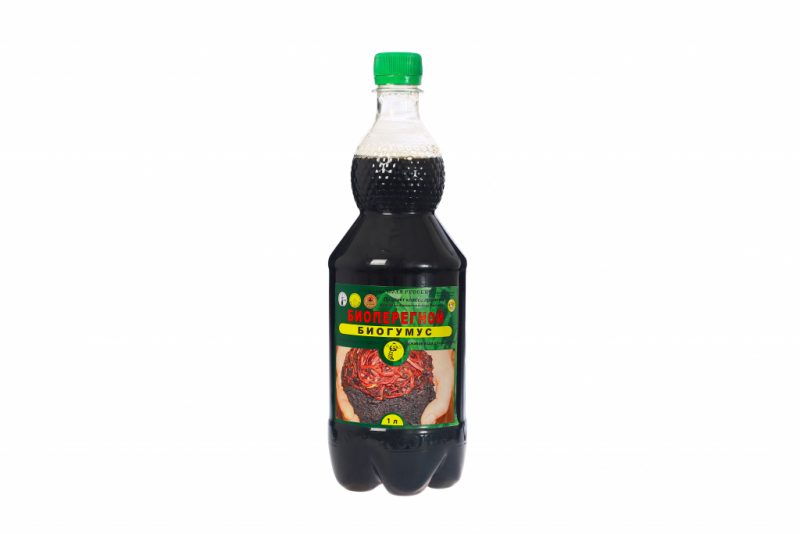
It is used usually for all garden plants, flowers. It is better to wear a liquid form on an open type of soil.
Liquid vermicompost is used for:
- top dressing;
- soaking planting material;
- spraying plants;
- preparing the soil for planting.
Norma is a ten percent solution that is easy to prepare. One part of humus and 10 parts of water are mixed. This is the standard concentration, however, in some specific cases, the solution can be made more saturated. It all depends on the type of garden or garden culture, the phase of plant life. Instructions for use usually contain all the data on the concentration of liquid fertilizer when used in different situations.
After preparation, it is necessary to withstand the solution at room temperature for a day.

The solution is also soaked in seeds to increase their germination and viability of the plants that grow from these seeds. To do this, use a less concentrated liquid, take one part of the fertilizer and 20 parts of water. Soak the seeds for a while before sowing them. Forty minutes will be enough for onions, potatoes, and no more than six hours for beans, peas.
Fertilizer vermicompost for seedlings is used to increase immunity, strengthen the protection of future plants from diseases, parasitic fungi. The solution is watered immediately at the time of planting. The concentration is quite small - one part of the fertilizer in 50 parts of water.
When spraying with liquid humus, two major problems are immediately solved:
- Plant protection from pests and diseases.
- Productivity increase, fruit enlargement.
For these purposes, a solution is used in the ratio of one part of the concentrate to 200 parts of water.
Precautionary measures
Biohumus is chemically and biologically harmless. In addition, it is usually packaged in polyethylene, while maintaining low humidity. Therefore, even dry granules are difficult to ignite, have fire safety, unlike other types of fertilizers.
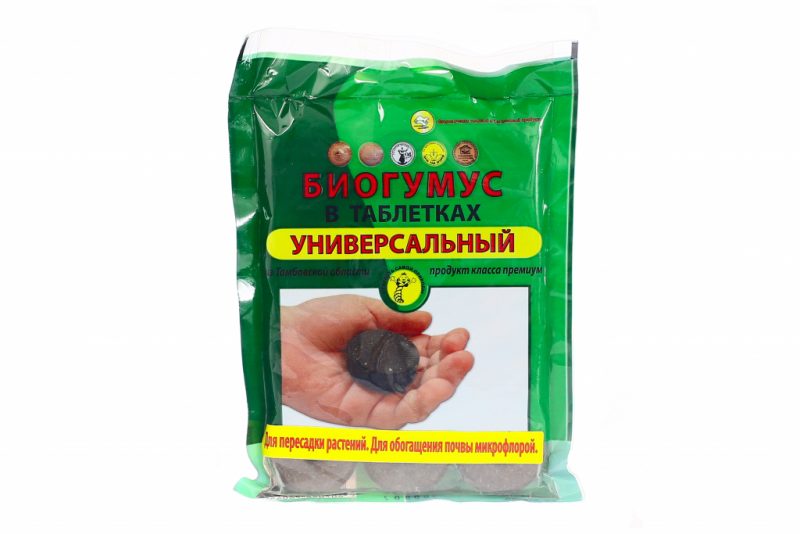
However, when working with it, you must follow the rules of personal hygiene, use gloves and wash your hands with soap after use. If the fertilizer gets on your skin or eyes, you can simply rinse it with water.












